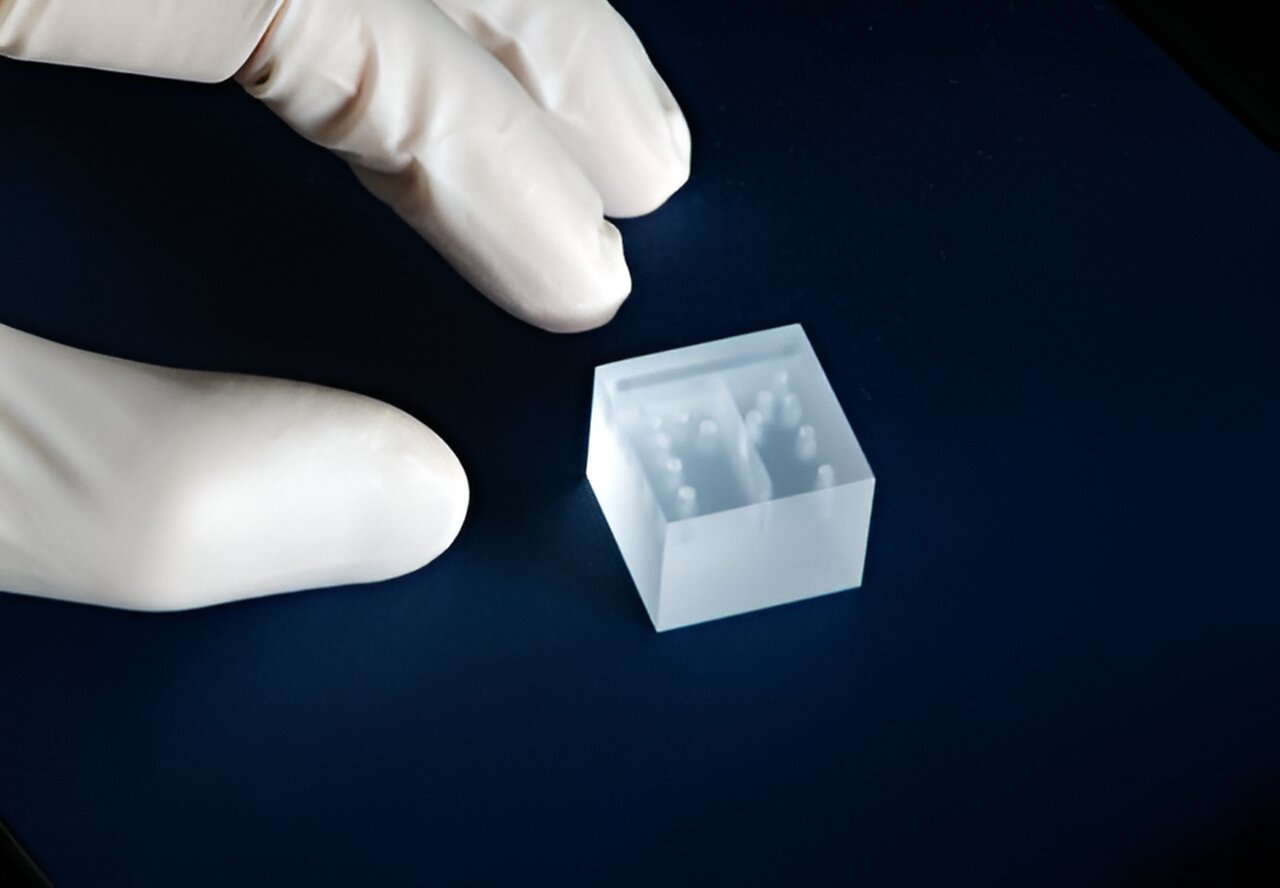Thermometers can do a lot of things: Measure the temperature at the center of your perfectly braised chicken or tell you whether to keep your child home from school due to illness. But because of their size, traditional thermometers’ uses are still limited.
“How do you non-invasively measure a temperature inside a living system such as a human?” said NIST’s Thinh Bui. “Or in other environments that may be hard to access—say, the temperature inside a Kevlar vest as a bullet penetrates it. How do you have access to that? You can’t stick a traditional thermometer in there.”
If researchers had a thermometry system that could measure tiny changes in temperature, with high spatial resolution, inside objects opaque to light, that could potentially revolutionize the fields of medicine and manufacturing.
To address these needs, NIST researchers are working on an ambitious project called Thermal Magnetic Imaging and Control, or “Thermal MagIC.” Thermal MagIC measures the magnetic responses of nano-sized spheres, made of metal or other substances, embedded in the object whose temperature is being measured. The magnetic signals collected by the system correspond to specific temperatures. Going beyond simply measuring temperature, the Thermal MagIC researchers aim to make a thermometer with high spatial resolution—a temperature imaging system.
Four years and many milestones into the project, the research team has just published a paper fully characterizing the temperature sensitivity and spatial resolution of their imaging system, a necessary step toward making a reliable “thermometry camera.” The paper is published in Scientific Reports.
Measuring and controlling temperature in 3D is highly desirable for medical diagnostics, precision manufacturing, and much more. However, there is currently no way to measure 3D temperature inside these kinds of systems. NIST researchers are working on a solution using tiny nanoscale thermometers. Credit: Sean Kelley/NIST. Music: Blue Dot Sessions.
2023-09-27 03:24:03
Post from phys.org
